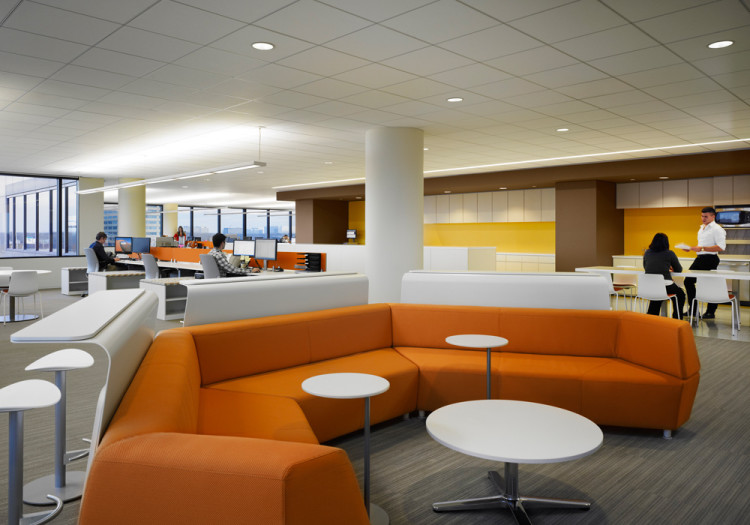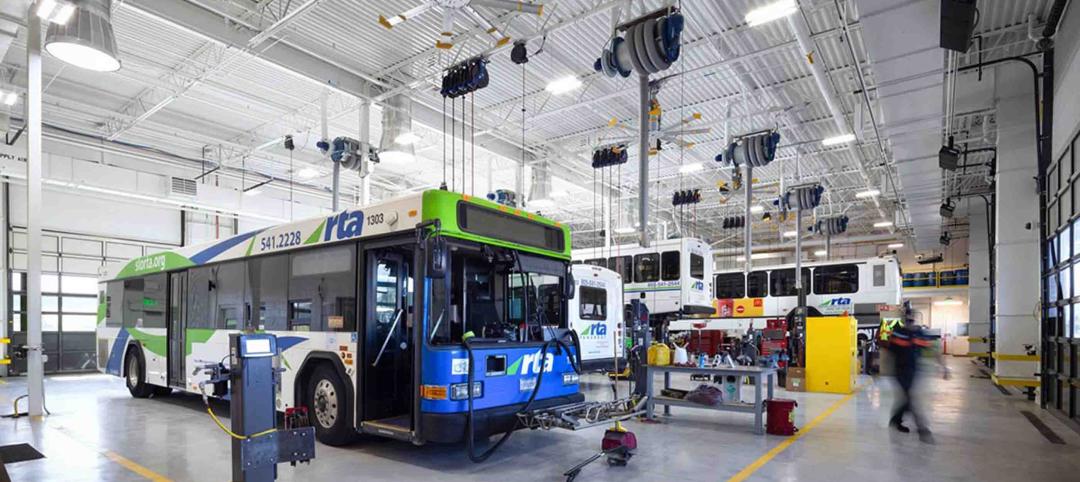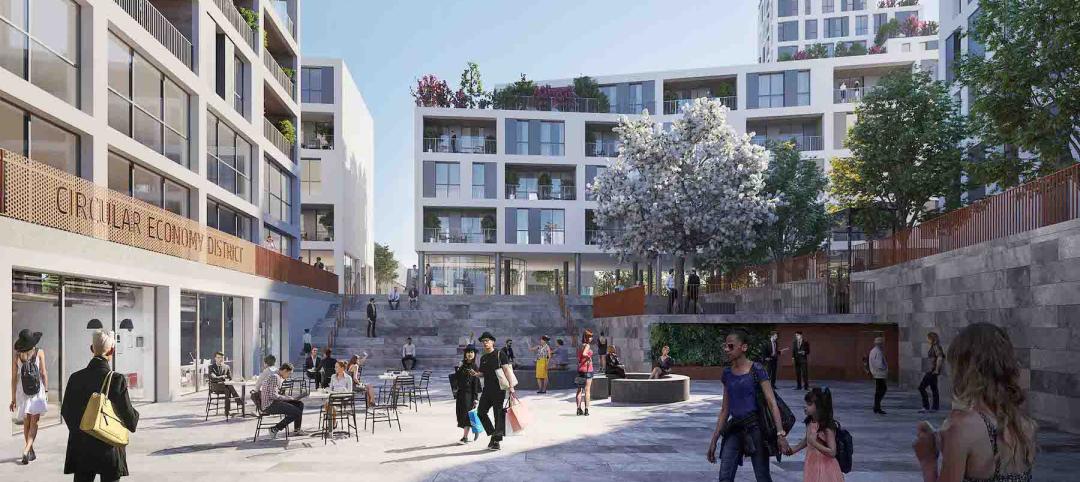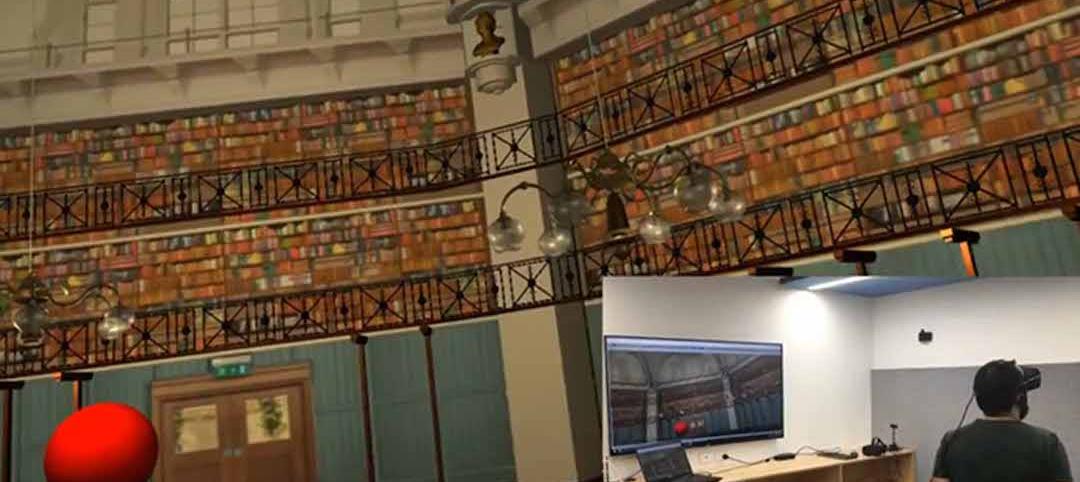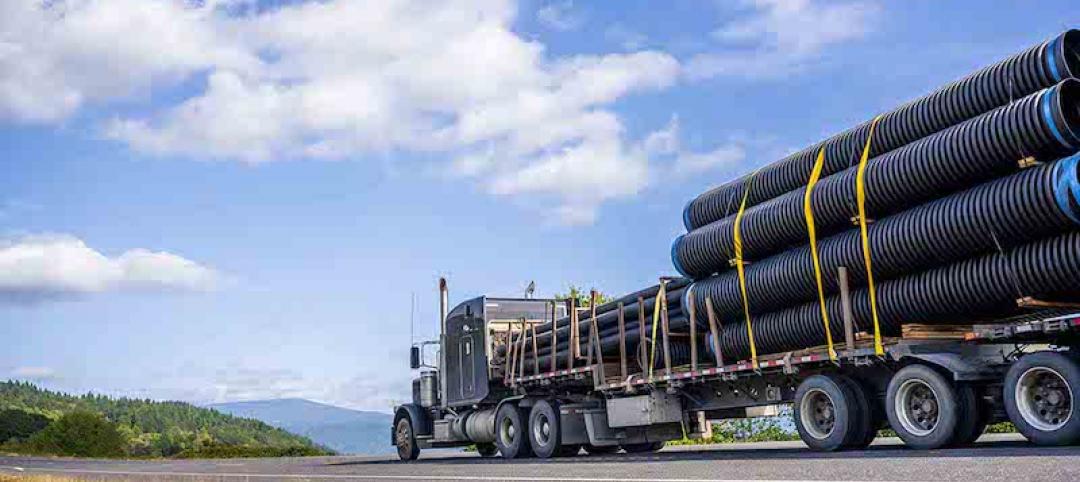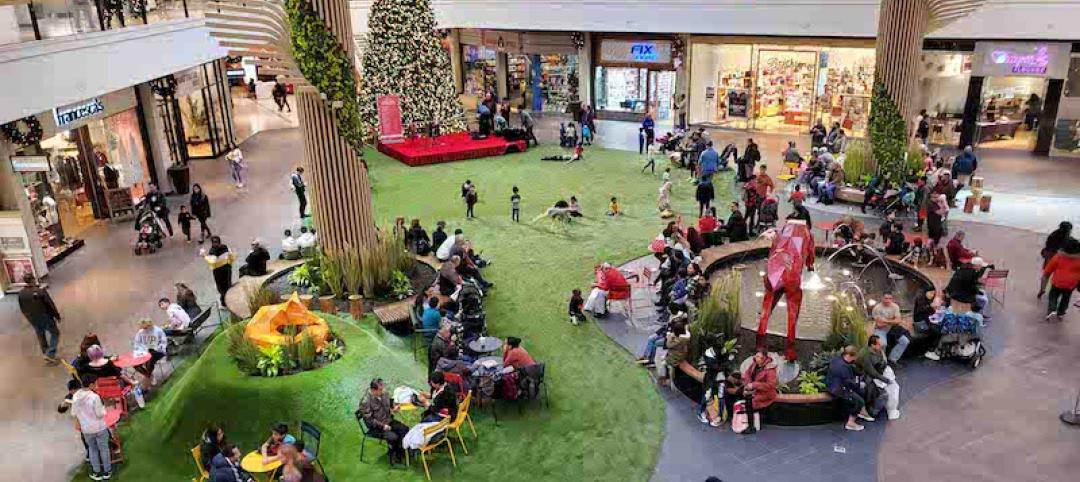Why do we have to move, anyway?
Will I lose my office with a view?
How am I going to get anything done with all those people around?
No matter the level of complexity, workplace change can be a challenge for employees. Moving into a new office can signal a shift in company culture or direction. It can produce a variety of emotional responses and even have lasting effects on company morale. This type of change can be challenging for both employees and management, but it doesn’t have to be tumultuous. Below I identify four stages of reaction employees typically experience during workplace transformation.
Anticipating these stages can ease the transition into a new workplace. A Change Management approach generates understanding, ownership and excitement among employees. It specifies key activities and communications that will minimize disruption to business. It keeps staff informed of business imperatives, updates them on project details, educates them on design decisions, and provides opportunities for them to voice questions or concerns during the adjustment period.
A wise approach to change management involves anticipating typical reactions to change as they progress and addressing them. The typical stages we see most often are: Avoidance, Resistance, Hope and Enthusiasm. In each stage, our chart shows a strategic step for managing change in the face of these responses. These steps are designed to deliver the right level of information and engagement at the right time to build excitement and maximize preparedness.

Stage: Avoidance
“They have said that we’re moving before, but it never happens.”
1. Hold a pre-planning session. A project champion and senior leadership can ensure that change management programs will be funded and supported.
2. Build a change team. Assemble the change team to include the project champion, a small group from the design steering committee, key stakeholders, reps from HR and IT and, ideally, someone representing internal communications.
3. Perform a workplace survey. Conduct an all-staff survey on topics capturing both current situations and future desired outcomes, such as mobility, work style, workplace support, workplace needs, storage and technology. The results from the survey along with a Visioning report and focus group summaries will serve as the development platform for a workplace standard. This standard also provides a method for measuring success.
Stage: Resistance
“I bet they’re taking away my view and giving me a smaller desk.”
4. Change team kick-off meetings. Discuss local end-users and site characteristics, review and schedule change management activities and establish roles and responsibilities.
5. Hold a leadership session. Change activities should begin before the real estate transaction is finalized. The process commences with a local leadership session, during which the change team introduces the change management process, discusses project goals and schedules and presents the new workplace strategy. The team will also define the expected success measures at this time.
Stage: Hope
“I wonder if we could get what we’ve always wanted.”
6. Launch an internal website. An internal website or blog can be useful in informing staff of updates regarding the new office project. A member of the change team can manage the content for this site and respond to comments. Themes of the internal blog can include “Countdown to Move,” “Survey Results,” “What’s in it for me?” “Our New Building,” “Preparing to Move,” and so on. Plans, layouts, renderings will be popular, but the seating chart will be the hottest.
7. Hold a managers session. To help gain buy-in across the company, department heads and team leaders meet to prep for the upcoming changes and responsibility of delivering news to their teams. This also allows room for feedback.
Stage: Enthusiasm
“I can’t wait to move. The new space looks amazing.”
8. Organize town hall meetings and brown bag lunches. To communicate the current status of the project, create a series of “topic specific sessions” open to all staff. Presentations at these sessions will focus on subjects including new workplace concepts, new technology, furniture mock-ups, workstation specifics and overall planning concepts. In the event of a relocation, a “new neighborhood orientation” could feature the location of transit, food and coffee shops. Further sessions can feature updates on office etiquette or a general exploration of the benefits and challenges of the new workplace.
9. Conduct site tours. There is nothing more exciting than seeing the actual space. Once drywall is up and the space begins to take on the shape of the new office design, hard hat tours can be arranged. These can be coordinated in various stages towards the end of construction, with the final tour conducted prior to move-in and once the seating chart (if there is one) is finalized.
10. Create a new office welcome package. It’s move-in time. A welcome letter from the president or local office leader, instructions on using the space, reminder of office etiquette plus a small gift such as a gift card to a nearby coffee shop are a nice finishing touch to the change management program.
A change management strategy may not solve every issue that comes up during the big move, but it can smooth many ripples before they start.
Download VOA's "Ten Steps for Managing Workplace Change" report here.
About the author
VOA's Angie Lee has more than 25 years of experience in interior architecture and design. She is nationally recognized for her strategic planning, programming, and design expertise, and her ability to lead and deliver projects with the highest standards of performance. Her design leadership enables her to successfully implement design solutions that realize the goals, vision, and needs of each client. As VOA’s workplace strategist, Lee will leverage industry knowledge through peer review and national workplace benchmarking and research to her clients. Her experience designing workplace projects across the country provides her with a broad understanding of trends and facility needs, lessons learned, and technologies that traverse borders.
More from Author
Stantec | Apr 18, 2024
The next destination: Passive design airports
Today, we can design airports that are climate resilient, durable, long-lasting, and healthy for occupants—we can design airports using Passive House standards.
Stantec | Mar 18, 2024
A modular construction solution to the mental healthcare crisis
Maria Ionescu, Senior Medical Planner, Stantec, shares a tested solution for the overburdened emergency department: Modular hub-and-spoke design.
Stantec | Nov 20, 2023
8 strategies for multifamily passive house design projects
Stantec's Brett Lambert, Principal of Architecture and Passive House Certified Consultant, uses the Northland Newton Development project to guide designers with eight tips for designing multifamily passive house projects.
Stantec | Apr 10, 2023
Implementing human-centric design in operations and maintenance facilities
Stantec's Ryan Odell suggests using the human experience to advance OMSF design that puts a focus on wellness and efficiency.
Stantec | Jul 6, 2022
5 approaches to a net zero strategy that communities can start right now
Whether your community has started on a plan or is still considering net zero, now is the time for all of us to start seriously addressing climate change.
Stantec | Feb 14, 2022
5 steps to remake suburbs into green communities where people want to live, work, and play
Stantec's John Bachmann offers proven tactic for retrofitting communities for success in the post-COVID era.
Stantec | Feb 8, 2022
How gaming technology is changing the way we design for acoustics
Adding 3D sound from gaming engines to VR allows designers to represent accurate acoustic conditions to clients during design.
Stantec | Dec 15, 2021
EV is the bridge to transit’s AV revolution—and now is the time to start building it
Thinking holistically about a technology-enabled customer experience will make transit a mode of choice for more people.
Stantec | Sep 3, 2021
Passports to a net-zero carbon future
How materials passports can help designers achieve social value and net-zero carbon.
Stantec | Aug 25, 2021
The mall of the future: Less retail, more content
For the mall to survive, it will need to embrace nontraditional uses and “messy vitality.” Here’s how to do it.

